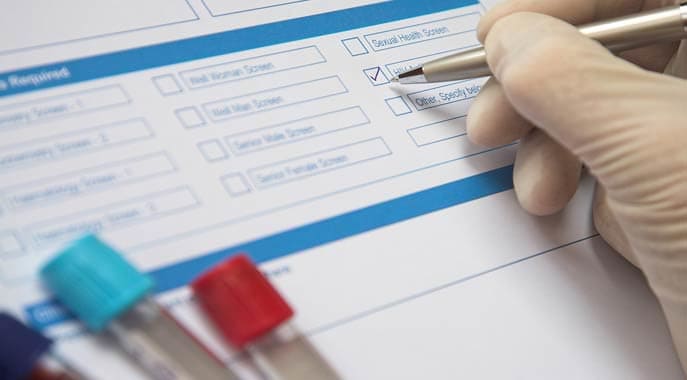Undergoing a structured training program, whether in the classroom or on-the-job, leads to gaining professional employment as a phlebotomy technician (or phlebotomist) in Connecticut, USA.
What is Phlebotomy?
In modern medicine, it can be called the first base of medical diagnosis, and often it is the only diagnostic method required for a detecting infections, diseases, and disorders; as well as judging the effectiveness of the treatment procedure. The popularity of phlebotomy is due to two reasons: (1) Accuracy and effectiveness in diagnosis and (2) An economical method of diagnosis.
As an essential part of the medical laboratory team, the phlebotomy technician’s chief responsibility is collecting blood samples from patients. This is done by using methods such as venipuncture or micro techniques. The blood samples are stored in vials and transported while following all the specified safety specifications. Moreover, certain attributes such as the ability to always be accurate and diligent, as well as be able to calm anxious patients; are also required by a phlebotomy technician to carry out duties professionally.
Training to become a Phlebotomy Technician
Eligibility: A high school diploma or G.E.D. would be required to qualify for receiving further training as a phlebotomy technician. Considering that most Americans aged 25 years and above have completed high school, phlebotomy is a widely accessible profession for the population at large.
Phlebotomy training may be provided on-the-job, or in specialized programs by community colleges and vocational schools. While many institutions provide on-the-job training, most employers prefer pre-trained persons as they can begin contributing quickly without taking much time to be trained.
The training programs are usually between 2 to 4 in length. The phlebotomy technician training programs focus on subjects that are relevant to the knowledge of performing roles as a phlebotomist.
Biology is an important area – the study of the human anatomy and the functioning of the body. Chemistry is another important area – to understand how blood reacts with certain chemicals.
It covers the in depth knowledge of drawing blood from persons of different age groups, understanding of storage procedures, transport procedures, health sanitation and hygiene, lab safety, administering CPR (cardiopulmonary resuscitation) etc.
Apart from technical and administrative skills, another important area is learning effective communication. The phlebotomy technician should have the ability to handle patients before, during, and after the process of drawing blood. Most patients are very anxious during this time, as no one wants to go through the pain of a needle puncturing the skin and getting their blood drawn out. It is the phlebotomist’s job to calm the anxious patient, make him/her feel comfortable, and complete the required procedure.
During training, the phlebotomy technician should utilize as many volunteer opportunities as possible in nursing homes, hospitals, and social work pertaining to healthcare. Working with kids can be a very learning experience, as kids are probably the most difficult patients for drawing blood.
Certification:
Various organizations provide certifications for phlebotomy technicians. These include the National Center for Competency Testing (NCCT), the National Healthcareer Association etc.




